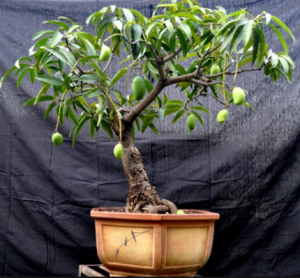Aunty’s house is de house of clutter, so if there is an expert in de-cluttering, it will be me one day. Something like the way to catch a thief is to learn from a thief, or something like that.
First, take a picture of your house, room, entrance, kitchen, dining table, wherever you feel is a mess. To feel better as you view the pictures, it really does look worse in the photo than it does in real life. Also, what the photo will do is make you see your spaces the way others see it, and that alone may give you incentive to clear and clean it up. It also can be a great “before” picture for the “after” you will have.
Chose a spot or a room, and start to go through. You can do it superficially at first, but when you are serious, do a thorough job of sifting through everything, and either keep, toss, donate, or Scarlett O’hara it (think about it tomorrow). Clean as you go so the bugs don’t have a place to party.
Make sure you are setting aside a reasonable amount of time and you tackle a reasonable size of problem area. You must be successful. I have decided to do 3 feet of stuff at a time – so I just did the shoes/sports shelf behind our front door. It feels great! and the door can now nestle back to where it is supposed to be, the area is organized and even smells good. It took me 1 hour, and I think I shall reward myself with cheetos and coke (chose your own reward).
Very important: do what you intend with what you have decided immediately. If you decide to throw some stuff away, toss it in the outside rubbish bin. If you are donating some things, put it in box(es)or bag(s) and get it to Goodwill asap. If a pile of stuff belongs in another room or to someone else, get it there. If you are going to give items to friends or sell it on eBay, label it and make sure you do that within the week. For the stuff you aren’t sure about (the Scarlett stuff), put it in a box, and get it out of sight for now. One day you will go through that box and either squeal with delight or scratch your head wondering why you kept it.
At the rate I am going, 3 sq ft of decluttering per day in a 2800 sq ft house, will take me 700 days to a totally decluttered house. Sounds horribly long, but I have a feeling it will be less time than that. Even if it does take 700 days, the reward of a clean, clear, organized house will make me happy and full of cheetos and coke, and it will make Uncle really happy. Happy Uncle = happy home.

